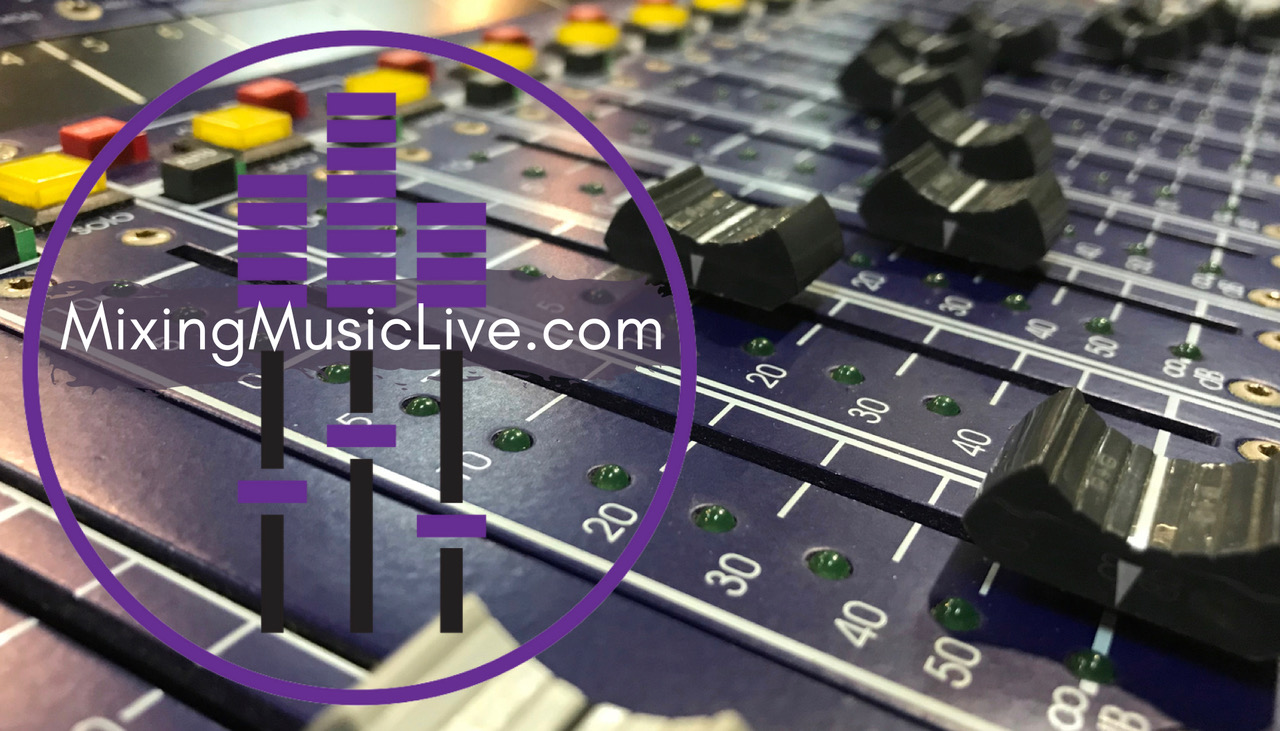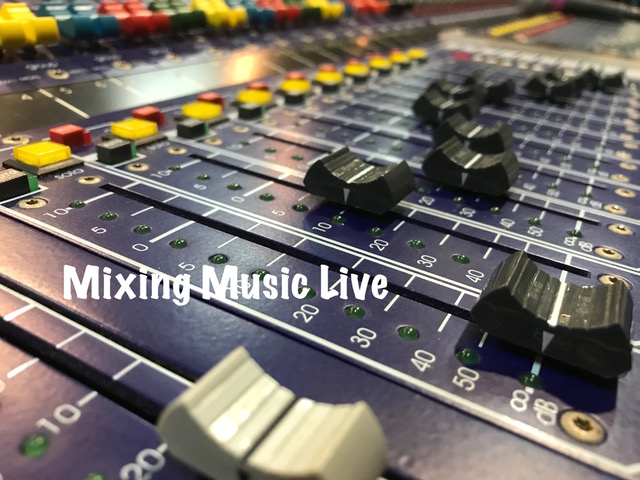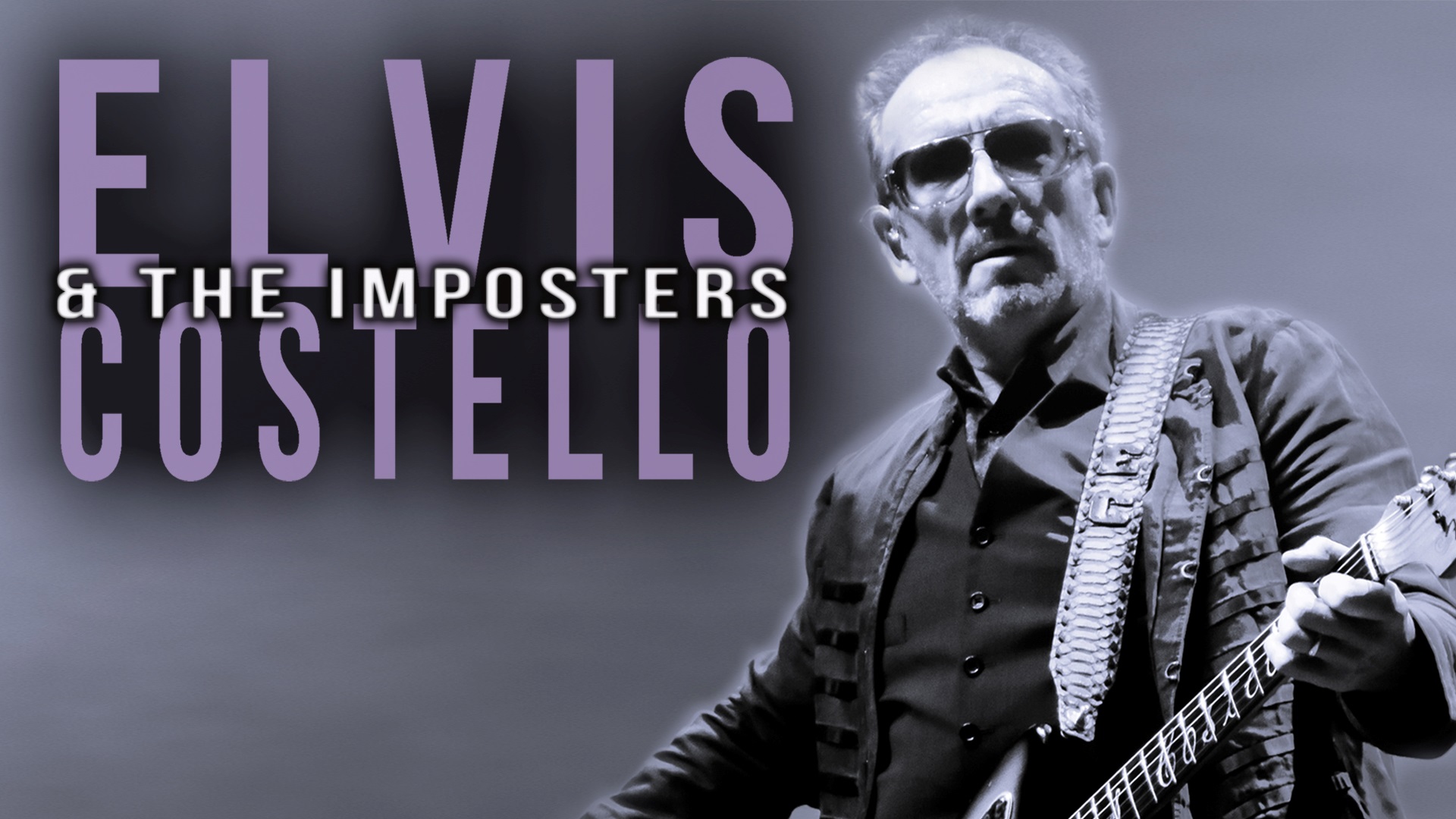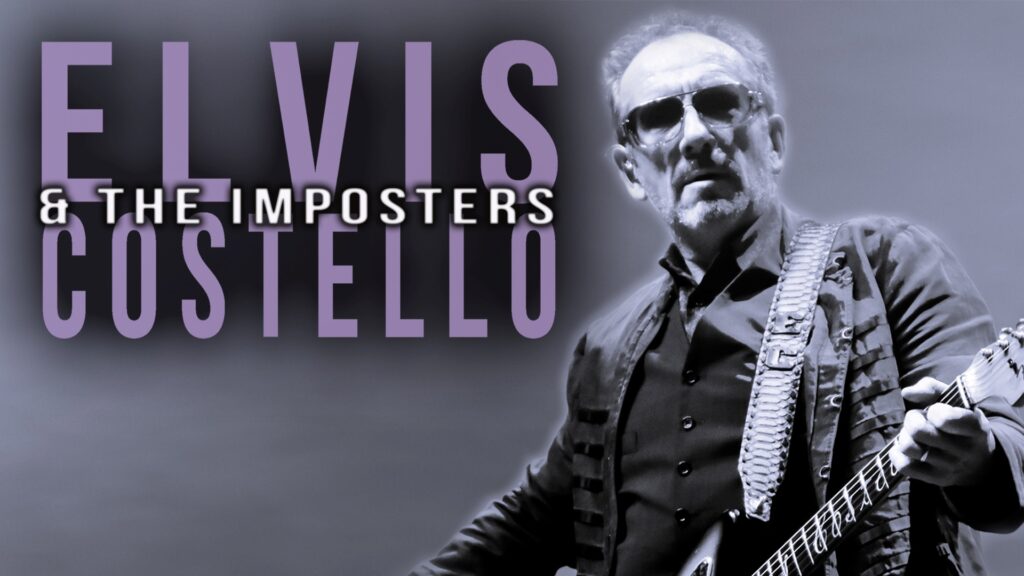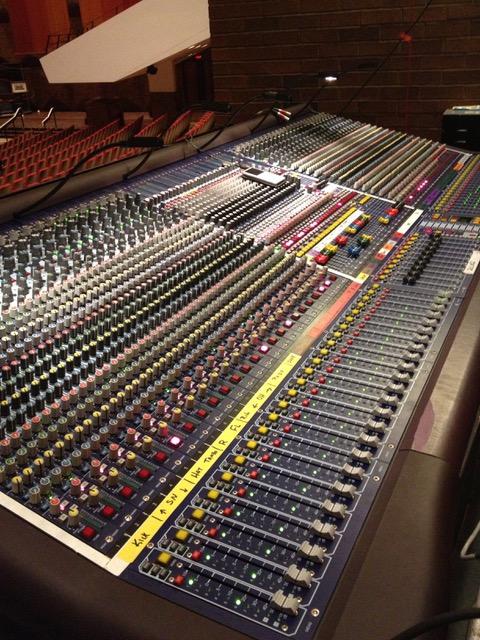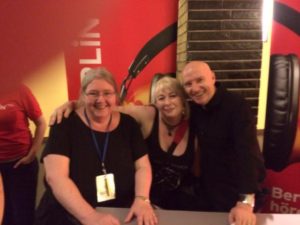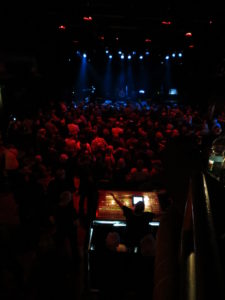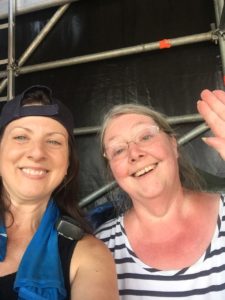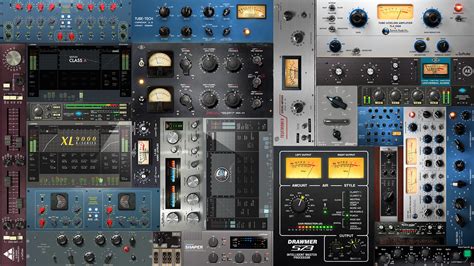
Why I Don’t Use Plug-Ins When Mixing Music Live
I talk a lot about how I don’t use plug-ins. I want to clarify a few things, and in this blog, I’ll explain why I don’t use any plug-ins when I am mixing live sound and how I use plug-ins when working in a DAW.
MIXING LIVE SOUND
If I’m mixing on an analog console, I’ll have a rack of outboard gear consisting of some gates and compressors, reverb, and delay. I’m less is more kind of gal and I like to keep things simple. If I’m mixing on a digital console, unless it is by the artist’s request, I use only the EQ, gates, and compressors on the console.
I do not use sound-shaping plug-ins to create the sounds I want. I focus on using the right tool for the job starting with choosing the right microphone, using a great-sounding console, and minimal processing in the signal path. I rely heavily on good gain structure and proper use of EQ. I also work to make sure what I’m mixing sounds great before I put a mic on it. When you start with great sounds from the source, it makes mixing that much easier.
I want to be able to mix my show on whatever console and equipment I have and when I’m touring all over the world with an artist, there is no guarantee that I will be able to have the exact gear that I request in every location.
When your show is built around layers of plug-ins, you will inevitably run into a situation where your server is down, your licenses don’t work, your console won’t speak to the waves rack, or there isn’t enough DSP to handle it.
I’ve watched so many sound people at festivals frantically on their phones with tech support trying to resolve issues with their plug-ins not working. They are super stressed because they cannot mix the show without the plug-ins.
They never learned how to properly use EQ or compression and rely on the plug-ins to do what they can’t. Without plug-ins, their mix completely falls apart and they have a terrible show.
As the sound engineer for a band, you should be able to walk in and mix your show on whatever equipment you have. Of course, some shows will sound better than others due to the quality of the sound system and equipment available, but you should never be in a situation where you can’t make the guitar sound good without your Maserati ACG or GTR3 ToolRack or you can’t get any warmth or thump from the PA without your OneKnob plug-ins.
When we start to rely too heavily on the tools, we lose our skills. If you want to master your audio skills, make sure you start by learning the fundamentals.
MIXING IN A DAW
When I talk about mixing music in the studio without using plug-ins, I’m referring to sound-shaping plug-ins. Things like OneKnob, Maserati, Clarity, etc. Plug-ins that do things that you can do with proper EQ and compression.
When using a DAW it’s a given that you will need to use plug-ins. Most DAWs come with basic EQ, dynamic, and effects. These are all integral components of a mix. Beyond the basic plug-ins available in your particular DAW there are many higher-quality options available.
The Neve, API, or SSL EQ plug-ins will sound better than the generic EQ included in your DAW. Listen to compare and choose the one that sounds best to you.
As well, the UA audio, Empirical Labs, CLA, and SSL compressors will sound better than the ones included in your DAW.
Take your time in choosing what works best for your music and mix.
But when it comes to finding clarity in the vocal, getting that extra punch on your drums, or fattening up a thin acoustic guitar, etc. these are all things that can be accomplished with proper mic choice, good signal level, and EQ.
If you want a great-sounding electric guitar, take the time to dial in the sound of your amp before recording it. Tuning and recording great-sounding drums will prevent the need for doctoring up with multiple plug-ins.
There is nothing wrong with using plug-ins to enhance your mix but it’s important to build a great-sounding mix with the basics first.
The skills of using critical listening to choose the right mic and position, tweaking the sound of the source to make it as good as possible before recording, setting proper input gain, and using EQ and compression properly will serve you far better than a toolbox full of single-use sound-shaping plug-ins.
If you’re getting started in Live Sound, CHECK OUT THIS BLOG, and if you’re recording and producing from your home studio READ THIS.
By: Michelle Sabolchick Pettinato MixingMusicLive.com
